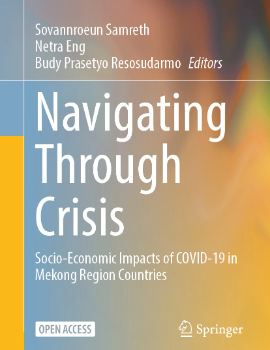
Gender Gap Reversal in Learning and Gender-Responsive Teaching in Cambodia
Keyword: Gender gap, education for all, gender-responsive pedagogy, inclusive education, learning disparities
Abstract/Summary
This study investigates the emerging reversal of gender gaps in Cambodian education, where girls now outperform boys in enrolment and learning outcomes at primary and lower secondary levels. Drawing on quantitative data from SEA-PLM and PISA-D assessments and qualitative insights from key informant interviews, the research explores national policies, teaching practices, and interventions related to gender equity and gender-responsive pedagogy (GRP). While Cambodia has made significant strides in promoting girls’ education through policies such as the Gender Mainstreaming Strategic Plan and scholarship programs, boys’ underperformance remains largely unaddressed. Factors contributing to this reversal include cultural expectations, behavioural differences, technology use, and socioeconomic pressures. The study finds limited awareness and implementation of GRP among educators, despite its proven benefits. Projects like TIGER and Life Skills for Gender Equality have begun addressing these gaps, but broader integration into teacher training and national policy is needed. The paper recommends targeted support for boys, systematic GRP training for teachers, and inclusion of GRP in pre-service programs to foster inclusive, equitable learning environments. These measures are essential for Cambodia to achieve its education goals and ensure quality learning for all children.



